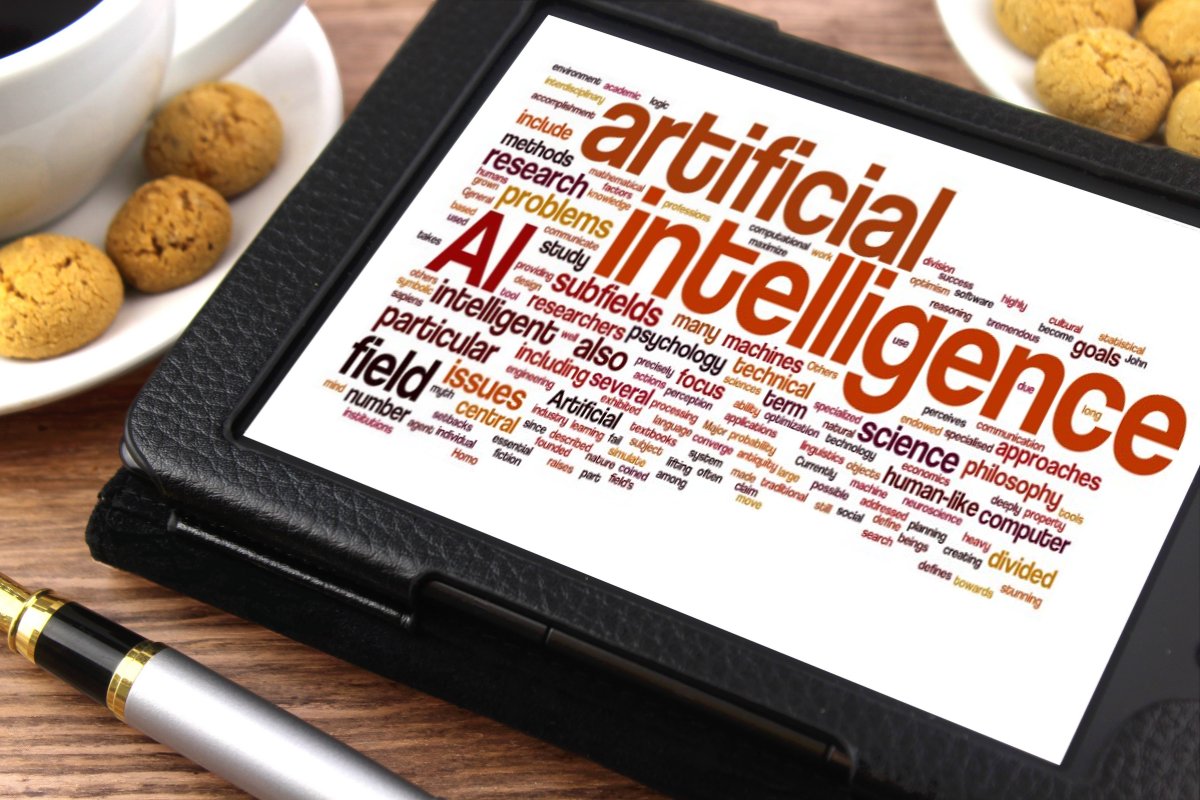
Artificial intelligence (AI) has been trying to make its way into enterprises’ core strategies for over 60 years, yet, only now it is starting to really become widely regarded as a solution to help with the digital side of the business.
The market for AI systems is poised for a CAGR of 56.1% until 2024. According to research company Tractica, this market will reach $11.1bn by then, up from 2016’s $300m. Forming part of this AI revolution are neural automation practices.
According to Dr. Harrick Vin, Global Head of Digitate, a Tata Consultancy Services venture, and creator of ignio: "Most enterprises today are starting to use technology to transform their businesses but the designed technology is itself very manual, it uses a lot of people."
Vin, also chief scientist of TCS, said that while technology has been helping businesses grow through disruptive trends like cloud and big data, we as humans are not helping the overall technology landscape grow as much as technology is helping businesses develop, and this will lead to the increase of neural automation platforms.
"Organisations’ structures are organised in so many layers and silos that nobody really has a full view of what is going on.
"Automation is seen as a way to solve these problems. However, the way automation has been done in the industry is very robotic in its nature. Automation itself is not smart, it is dumb. It simply repeats a set of actions when a task rises."
Neural automation systems are the next piece of intelligent software in automation. Vin said that most enterprises today have many activities to perform, and each activity has many ways in which it can be done.
The whole concept of robotic automation assumes that the task and the way one actually performs activities are not changing over time, whereas most things are changing within an enterprise.
In a nutshell, this means that the basic idea of neural automation is "to mimic how an expert thinks, how someone’s brain actually works".
According to Vin, neural automation systems merge the three different categories of smart products in the market: data collectors, think and learn systems, and acting systems.
"In the market today there are three different types of products. The first class of products is what I would call the ‘sense products’, products that go out and connect to different systems, or sensors, and essentially collect a lot of that [data].
"Then there are sort of ‘think and learn’ systems, like IBM’s Watson, for example. Finally, we have ‘act’ systems, automation systems that take actions, such as IPsoft for example."
The problem with these three categories is that they work in silo, he said. Act systems today are predominantly robotic and not intelligent.
The think and learn systems are intelligent but they are not acting. While the sense solutions are providing data that feeds into both of them, but they do not need to learn or act.
"Neural automation systems are right in the middle; basically they merge all three [products] into one."
Processes build on the go
The combination of the three aforementioned concepts give neural automation systems "superpowers" to perform better than humans.
"If we think about two humans, the way they build context-awareness is through their senses (we can see, hear, touch, feel, etc), so what is the corresponding equivalent in an enterprise? An enterprise has a large number of data sources, this could be the IoT for example.
"A neural automation system taps into all these data sources and mines them to build a 360 degree view of what is happening. This what we call the sense functionality, and then it thinks: "now there I have found and built context awareness, can I analyse it and find trends’ patterns to find what is normal and what is not?"
Once that processing has been done, the system enters the acting phase, looking into how to operationalise that activity based on the context, turning recommendations into actions.
The AI function of the system dictates that it should keep learning constantly about these processes.
"[In the end,] it is essentially a loop. You sense, think, act and learn, and that loop continues. That is basically what neural automation is. Just like humans do not rely on pre-defined procedures at all, the procedure gets constructed on the fly, it unfolds as it goes."
Can neural automation take risks like humans?
One thing that defines humans is their ability to take risks and make risky decisions on the spot. However, when a system makes such decision, Vin questioned if people are open to accept the outcome.
"Can the system make [a risky decision]? Yes. The question is: will most people accept it to do it?" he asked.
For example, with Ignio neural automation system, one way to protect the business from automated risky decisions is through the introduction of firewall-like systems to prevent some actions being carried out if they are likely to have a big impact.
Vin said: "The good and bad news about people is that we are a bit slow, meaning that there is a chance for someone to catch a mistake that I am about to make. However, automation is very fast, and if it is not controlled it can destroy many things. You have to put checks and balances in place."
Every time a human or automation is about to pick an action, the system blocks it, "very much like a firewall", and automatically determines the impact of that action, and "if the impact is likely to be large, you essentially block it and ask for someone’s approval".
"Most enterprises will not want to put something like this on their environment on day one, and this way they can gradually build up [their strategy around neural automation]."
With the whole AI enterprise neural automation ideal being something new to the enterprise landscape, very much like the IoT, cloud and other disruptive technology trends, the market is now looking into use cases of such systems to showcase and justify their use by different players.
Vin said: "Over the next one year or two, you will start to see these sort of neural automation systems becoming a common enterprise tool."






